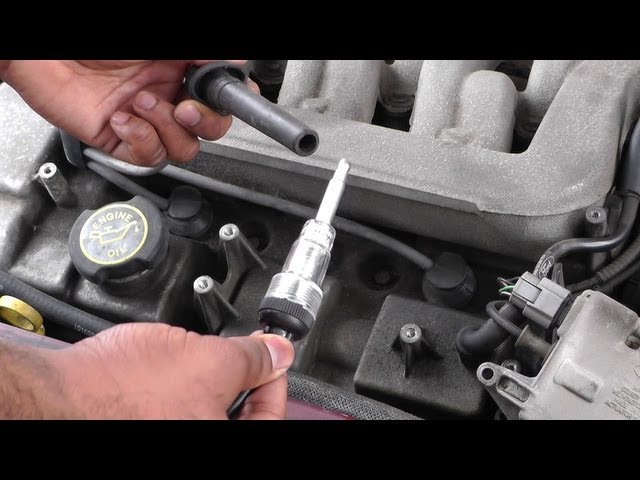How to Check if Car Engine Has Spark
If your car won’t start, one of the first things you should check is if the engine has spark. Without spark, the engine cannot create the explosion necessary to power the pistons and move the car. There are a few easy ways to check for spark, and most of them can be done with basic tools.
Safety First
Before you start working on your car, be sure to take the following safety precautions:
- Park the car in a safe location.
- Put the car in park and set the parking brake.
- Disconnect the negative battery terminal.
- Wear gloves and safety glasses.
Tools You’ll Need
- Spark plug wrench
- Spark plug wire tester
- Multimeter
- Assistant (optional)
Step-by-Step Instructions
1. Remove the Spark Plugs
Use a spark plug wrench to remove the spark plugs from the engine. Be careful not to damage the spark plugs or the threads in the cylinder head.
2. Inspect the Spark Plugs
Look for any signs of damage to the spark plugs, such as cracks, chips, or wear. If the spark plugs are damaged, they will need to be replaced.
3. Connect the Spark Plug Wires to the Tester
Connect one end of the spark plug wire tester to the spark plug wire and the other end to the spark plug. Make sure the connection is secure.
4. Have an Assistant Crank the Engine
Have an assistant crank the engine while you observe the spark plug tester. If the engine has spark, you will see a bright blue spark at the spark plug.
5. Check the Voltage with a Multimeter (Optional)
If you don’t have a spark plug wire tester, you can use a multimeter to check the voltage at the spark plugs. Set the multimeter to the AC voltage setting and connect the positive lead to the spark plug wire and the negative lead to a good ground. You should see a voltage reading of at least 10 volts.
Troubleshooting
If you don’t see spark at the spark plugs, there could be a few different problems:
- Bad spark plugs: Replace the spark plugs with new ones.
- Bad spark plug wires: Replace the spark plug wires with new ones.
- Bad ignition coil: Replace the ignition coil with a new one.
- Bad distributor cap and rotor: Replace the distributor cap and rotor with new ones.
- Bad ignition module: Replace the ignition module with a new one.
Conclusion
Checking for spark is a relatively easy and inexpensive way to diagnose a no-start condition. By following the steps outlined in this article, you can quickly and easily determine if your car engine has spark and, if not, what the next steps are to troubleshoot the problem.
If you are not comfortable working on your car, be sure to consult with a qualified mechanic.





